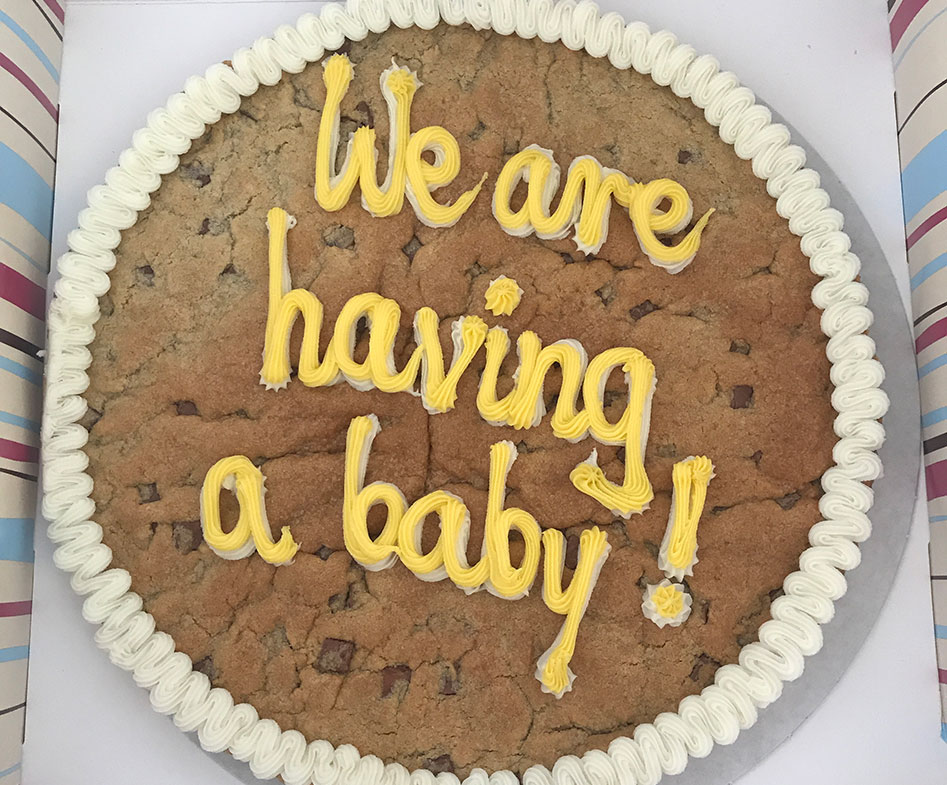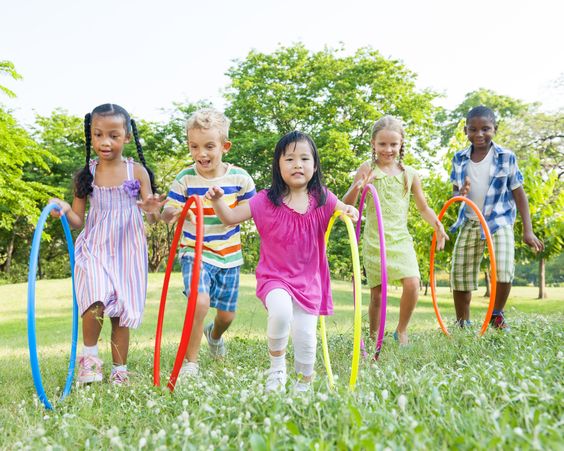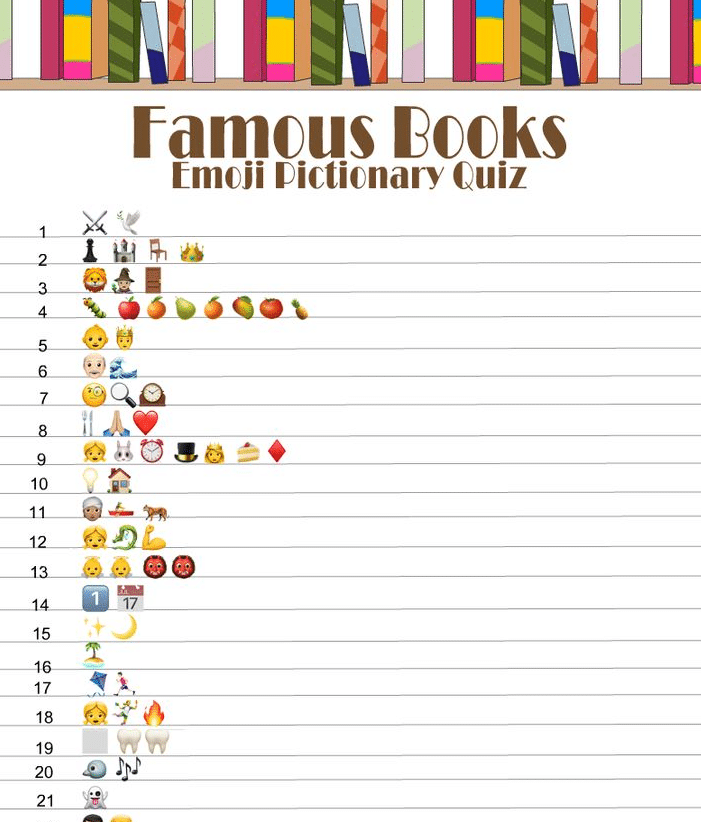Gone are the days when maths used to be a subject dreaded by all.
With so many teaching methods, the evolution of new maths gadgets, and the involvement of games in teaching, learning mathematics has become quite fun for kids and young adults.
Incorporating football statistics into teaching maths can be a wonderful way to teach students various concepts such as probability, percentages, and average or simple addition for pre-schoolers.
Some teachers integrate football jokes for kids to teach them several maths topics, which has proven to be greatly successful in making them learn those topics.
In this article, we will check out some of these methods with the help of which students’ mathematical skills can be greatly enhanced. Let’s get started:
Ways to Teach Maths Using Football Statistics
It’s not surprising that most of the kids are drawn towards sports more than anything else in their lives.
As a teacher, it’s your job to find ways to utilize this to teach them. Maths and sports go hand in hand.
Scores, goals, touchdowns, and other such sports anecdotes can come in handy in teaching various mathematical concepts.
Here’s how you can use football to teach these mathematical concepts:
1. Teaching the Concept of Addition
Football can be a great way to introduce the concept of addition to the pre-schoolers.
This will surely spark curiosity in the students and interest them in learning more.
You can start with the simpler version by asking them to calculate the teams’ total score and add more.
For example, if the team has a goal of 4 and a touchdown of 6, what will the team’s total score be?
For grades above fifth, you can make various questionnaires containing questions like if a team scores 32-17, what could be various ways to reach that total?
There can be many possible versions of this; you and your kids will have fun with it.
2. Teaching the Concept of Average
Average is a concept that can be easily taught with real-life examples. There are various parameters for which an average can be calculated.
The most common is which team has the greatest average weight or the lowest average height. Have them compute these data for every aspect.
You can get the details of players playing in a team, distribute them to students, and ask them to determine the average of different attributes.
You can also ask the average of a particular player in his lifetime if the matches played by them and the score data are present.
It’s an interesting way to teach kids the concept of average and thoroughly discover various details about the team.
3. Teaching Probability
Probability is another interesting math concept that can be beautifully integrated with football. It can get students’ interest and help them predict which team has the chance of winning.
You can give them data from earlier matches of the teams and have them predict which team will win in the current match.
You can also frame questions on the probability of the team’s success on two-point conversions or fake punts.
You can also ask the students about the events that may occur during the match and ask them to compute the probability of its occurrence.
4. Teaching Percentage
You can teach the concept of percentages to kids by integrating various football situations in life.
The choice of question will depend on the level of their education. You can start with things like if team X wins 9 out of 20 games, what is their win percentage?
Similarly, you can ask them to determine the percentage of times a player receives the ball. How many goals did a player make during the game, and how do we find the percentage comparison from his previous games?
They can also find out the percentage between run plays and pass plays. Have them find out the previous records of each player and ask them questions on the completion percentage by looking at the quarterbacks’ passes.
Conclusion
The combination of maths and sports can work like a charm to teach students various mathematical concepts.
It will make the subject more immersive and enjoyable at the same time. With this integration, students will learn the mathematical concept easily and understand the game’s depth more.
There can be several ways to integrate maths with football.
It would be best to find out what may work for your students. From the simple addition to a tedious probability chapter, teaching it by blending it with football or any other sport for that matter, can make the subject engrossing for the students.
So incorporate these methods into your teaching and let us know how it works!























































































